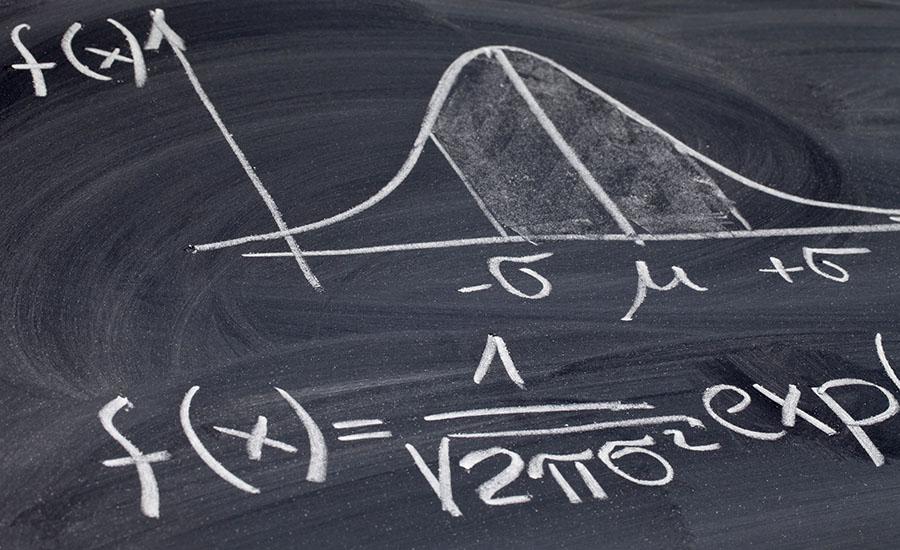
The Principles Behind the Roller Coaster
by Kay Kelly
This lesson plan is the nitty-gritty principles of roller coaster. It can be taught and used for 4th grade and 5th grade students. The first part of the lesson is the discussion of the principles behind the roller coaster. Afterwards, they are expected to engineer and build their roller coaster. It can be done by group or individual. This lesson is a fun-learning opportunity for them to understand and explore the different forces of motion and the theories of Newton. The presentation includes the lesson, STEM sheet, and certifications if the teacher is interested to do an awards assembly after the challenge.
Lesson Grade Level
4th GradeLesson Plan Link/URL
https://docs.google.com/presentation/d/1DmLIiZFS6K3QA5SfnyqtV04Eyj_Xnm6l/edit?u…Subject Area
Science Physical Science P3: Net Force P4: Energy Transfer Technology 3. Knowledge Constructor 4. Innovative Designer Engineering S2: Apply the Engineering Design Process S7: Apply Project Management to Engineering English Language Arts (ELA) Reading (Informational Text) Writing Speaking & Listening
Featured
Off
Related Content

Grades:
4th Grade, 5th Grade, 6th Grade, 7th Grade, 8th Grade
Students become engineers and create a modified adaptive device after disassembling and assembling eyewear and creating a new adaptive device in this engaging lesson. This real-world problem-solving

Grades:
7th Grade
In this lesson students will discuss how contact forces cause energy to be transferred and objects to move. They will learn that sound waves involve contact forces. Students will consider how contact

Grades:
5th Grade
Students will begin to construct their containers for their eggs. Students will work together to build their egg protector container using the materials they brought in and that were provided for them